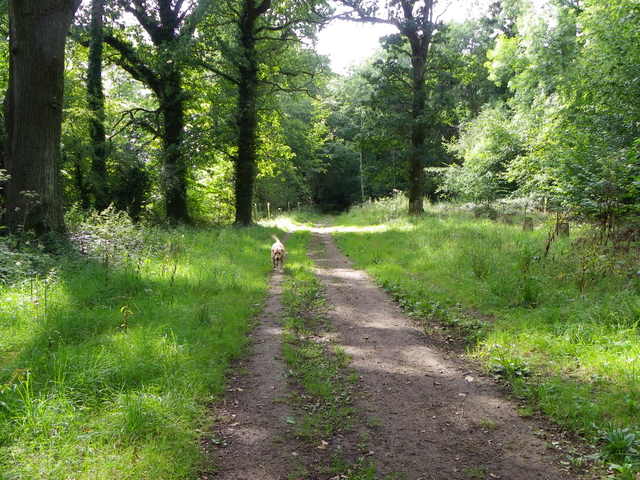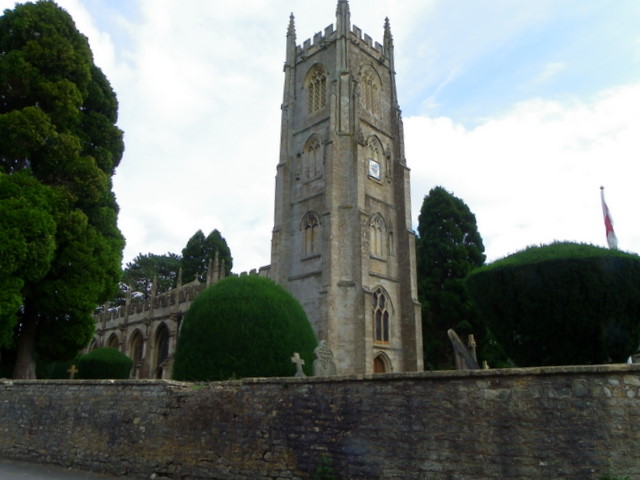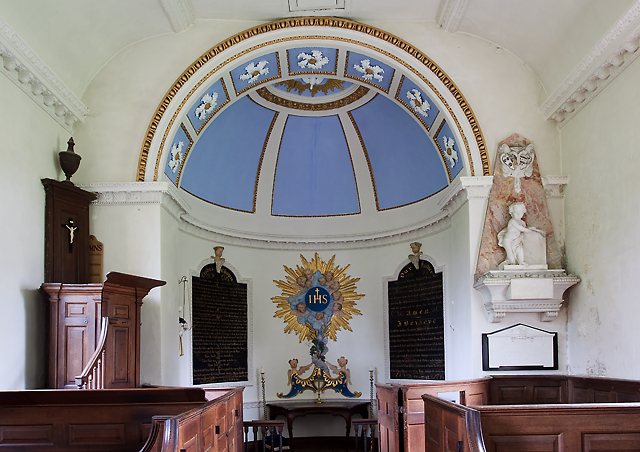Beatle's Wood
Wood, Forest in Somerset Mendip
England
Beatle's Wood
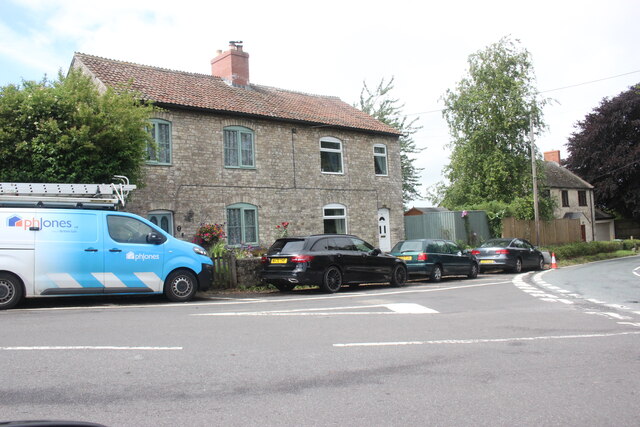
Beatle's Wood is a charming forest located in Somerset, England. Spanning an area of approximately 300 acres, this woodland is nestled in the beautiful countryside, offering a tranquil retreat for nature enthusiasts and outdoor lovers alike.
The wood is primarily composed of a mix of deciduous and coniferous trees, including oak, beech, pine, and cedar. These towering trees create a dense canopy, providing shade and shelter for a diverse range of flora and fauna. In the spring, vibrant wildflowers bloom in abundance, adding bursts of color to the forest floor.
Wandering through Beatle's Wood, visitors can explore a network of well-maintained trails that wind through the forest. These paths offer a variety of walking and hiking options, catering to both leisurely strolls and more challenging treks. Along the way, one can expect to encounter enchanting wildlife such as deer, foxes, rabbits, and a rich array of bird species.
For those seeking a peaceful spot to relax, there are several designated picnic areas scattered throughout the wood. These provide the perfect setting for enjoying a packed lunch while immersing oneself in the sights and sounds of nature.
Beatle's Wood is also renowned for its historical significance. It is said to have been a favorite haunt of the legendary band, The Beatles, during their formative years. Fans of the band often visit the wood to pay homage and experience the same natural beauty that inspired their music.
In conclusion, Beatle's Wood in Somerset is a captivating forest that offers a delightful blend of natural beauty, recreational opportunities, and a touch of musical history. It is a must-visit destination for anyone seeking solace in the embrace of nature.
If you have any feedback on the listing, please let us know in the comments section below.
Beatle's Wood Images
Images are sourced within 2km of 51.265528/-2.4347059 or Grid Reference ST6951. Thanks to Geograph Open Source API. All images are credited.






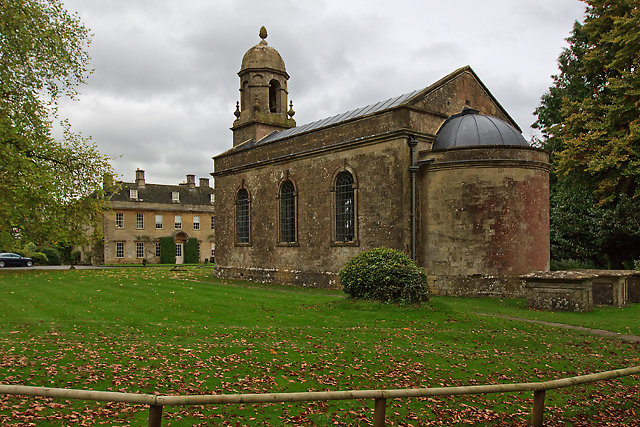

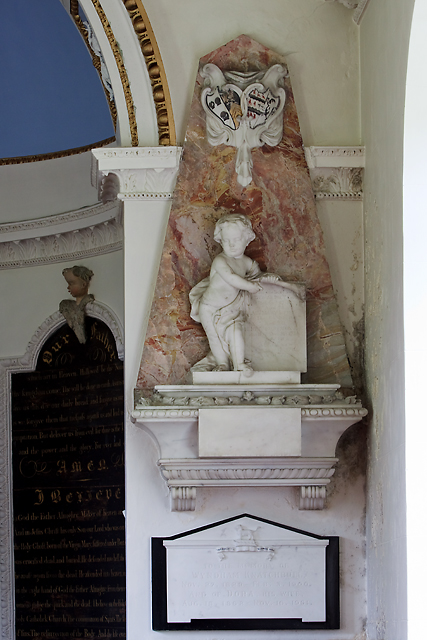
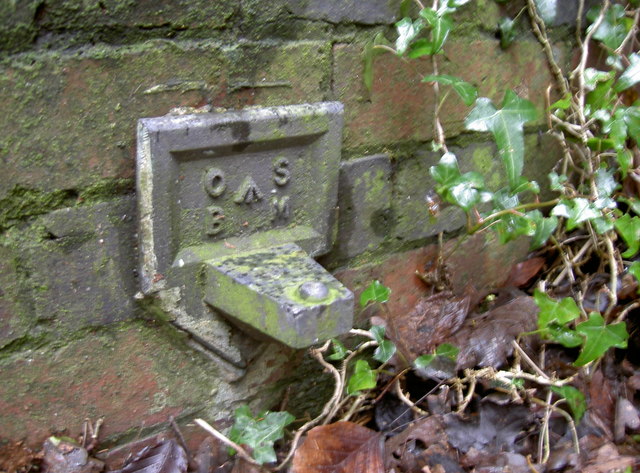
Beatle's Wood is located at Grid Ref: ST6951 (Lat: 51.265528, Lng: -2.4347059)
Administrative County: Somerset
District: Mendip
Police Authority: Avon and Somerset
What 3 Words
///limits.liners.scornful. Near Radstock, Somerset
Nearby Locations
Related Wikis
Kilmersdon
Kilmersdon is a village and civil parish on the north eastern slopes of the Mendip Hills in Somerset between the towns of Radstock and Frome. It is located...
Babington House
Babington House is a Grade II* listed manor house, located in the village of Babington, between Radstock and Frome, in the county of Somerset, England...
Babington, Somerset
Babington is a small village between Radstock and Frome, Somerset, England, which has now largely disappeared. == History == In 1233 or 1234 much of the...
Newbury Manor School
Newbury Manor School, formerly Farleigh College, is a mainly residential special school for pupils with Asperger syndrome, situated at Newbury, near Mells...
Ammerdown House, Kilmersdon
Ammerdown House in Kilmersdon, Somerset, England, was built in 1788. It has been designated as Grade I listed building.It was built as a country house...
Mells Road railway station
Mells Road railway station served the village of Mells, Somerset, England from 1875 to 1959 linking Radstock to Frome, Somerset on the Heart of Wessex...
Kingsdown Camp
Kingsdown Camp is an Iron Age hillfort at Buckland Dinham 4.5 kilometres (3 mi) South East of Radstock, Somerset, England. It is a Scheduled Monument.It...
Haydon, Somerset
Haydon is a village lying between Radstock and Kilmersdon in Somerset, England. It is 1 mile (1.6 km) south-west of Radstock and 1.5 miles (2.4 km) north...
Nearby Amenities
Located within 500m of 51.265528,-2.4347059Have you been to Beatle's Wood?
Leave your review of Beatle's Wood below (or comments, questions and feedback).

